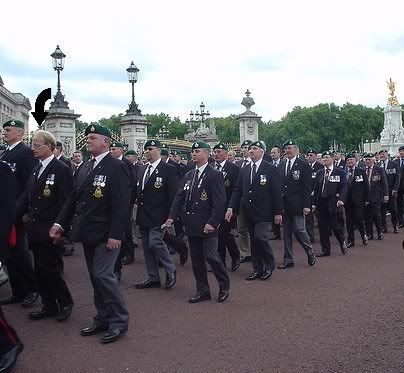El Tornado Blanco
No , solo acciones militares -
No Only Military Accions
Regards Enrique
No , solo acciones militares -
No Only Military Accions
Regards Enrique
En este post solo se tratara el desarrollo del conflicto o tambien se hablara sobre los derechos Argentinos sobres las Islas Malvinas???
Me gustaria saberlo, ya que quisiera hacer una pregunta al respecto!
Desde ya muchas gracias...
Saludos!!! :cheers2:
Fer:sifone:
PD: para no usar un traductor online me gustaria que alguien me lo tradujera, nuevamente gracias!
----
This post is just the conflict or even be talking about the Argentine rights to the Malvinas?
I would like to know because I have a question about it!
From already thank you very much ...
Lee el reglamento en la primer pagina, esta terminantemente prohibido hablar de eso
Por favor si alguien puede traducirlo
Quisiera saber si los británicos sabían la posición de la flota argentina el 1 de mayo ya que se iba a efectuar un ataque aeronaval por parte del 25 de mayo.
Desde ya mucha gracias
----
Please if someone can translate it
I wonder if the British knew the position of the Argentine fleet on May 1 as it was to carry out an attack aircraft from May 25.
thank you very much
http://www.zona-militar.com/foros/showthread.php?t=14833
<HR style="COLOR: #a9d4e5; BACKGROUND-COLOR: #a9d4e5" SIZE=1>
<!-- / icon and title --><!-- message -->
Posteado por Eternauta
First of all welcome to the Forum!
Since I read your role as a Radar Operator at the HMS Cardiff, and in reference to the incident of 22 may '82:
"On 22 May, an Argentine reconnaissance Boeing 707, no. TC-92 of the Argentine Air Force's Grupo 1, De Transporte Aereo Escuadron II (Spanish for "2nd Air Transport Squadron, Group 1"), was fired on by Cardiff. The aircraft was detected while shadowing the Bristol Group, and Cardiff was ordered to drop back and engage."
I'd like to ask you if you can contribute developing a little bit more about the detection time, the aircraft identification and firing procedures used on the South Atlantic conflict and more precisely on this particular incident.
Thank you in advance and best regards,
Brigadas Internacionales
Antes que nada, bienvenido al Foro!
Desde que lei su rol como Operador de Radar en el HMS Cardiff, y en referencia al incidente del 22 de mayo del '82:
"El 22 de mayo, un Boeing 707 de reconocimiento, no. TC-92 del Grupo 1, De Transporte Aereo Escuadron II, fue atacado por el buque. El avion fue detectado cuando volava sobre el grupo Bristol y el Cardiff fue ordenado de retrasarse y atacar."
Le quisiera preguntar si podria contribuir con el desarrollo de los siguientes temas: el tiempo de deteccion, y los procedimientos de identificacion y ataque usados en el conflicto del Atlantico Sur y mas precisamente en este incidente en particular.
Desde ya muchas gracias y saludos,
Brigadas Internacionales
The time? It was in the afternoon.
In Cardiff the Operations room was very alert that day. For why we (the operators) did not know. The Arg 707 was transmiting on a radar (weather radar?). HMS Bristol was senior to us and for some very strange reason was not happy with the identity of the 707 - they were worried that it could be a commercial flight.
In Cardiff we went to war. My Captain was agressive and dismissive about Bristol's doubts.
----
El horario? Fue en la tarde.
En Cardiff, la sala de operaciones estaba muy alerta ese día. Por qué nosotros (los operadores) no sabiamos. El 707 fue Arg trasmitia por radar (radar meteorológico?). HMS Bristol fue superior a nosotros y no estaba contento con la identificacion de los 707 - estaban preocupados de que se tratara de un vuelo comercial.
En Cardiff nos fuimos a la guerra. Mi capitán fue agresivo y despectiva acerca de las dudas de Bristol.
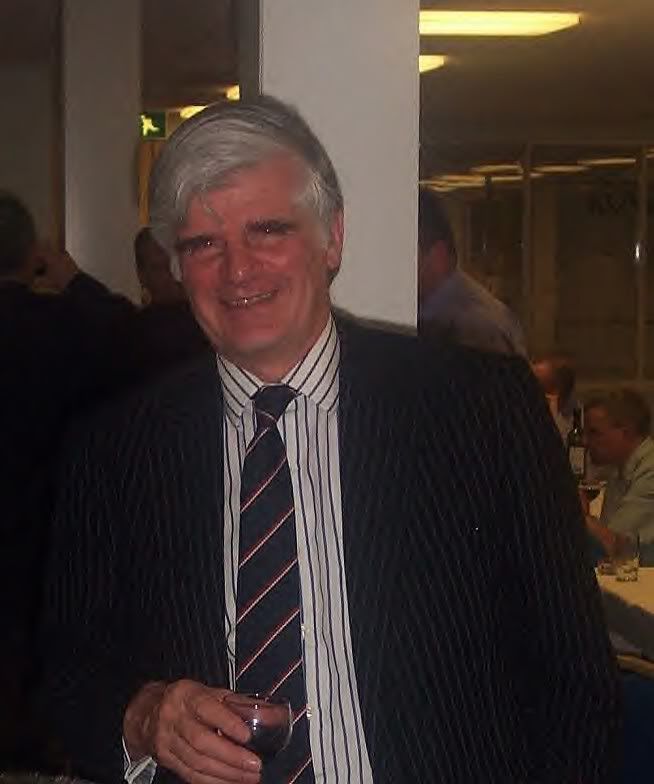
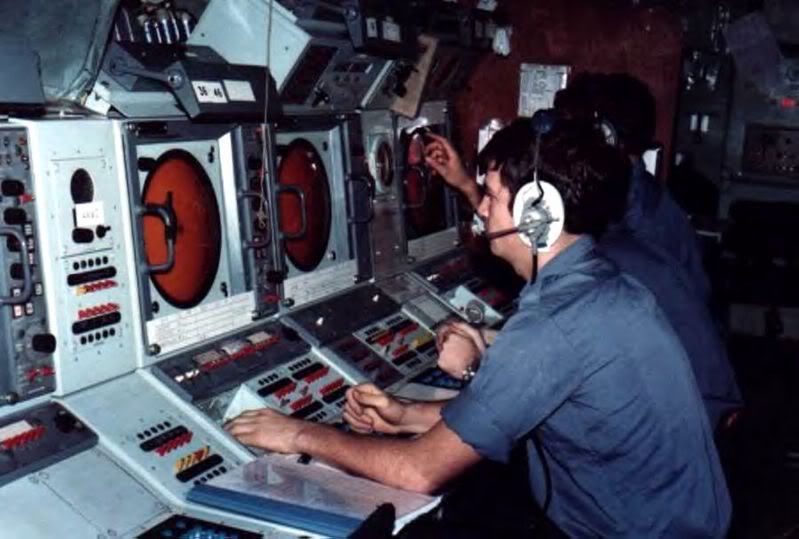
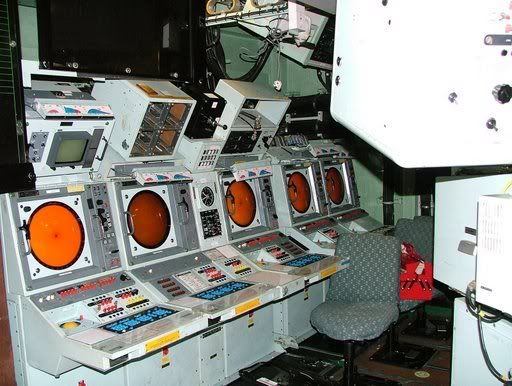
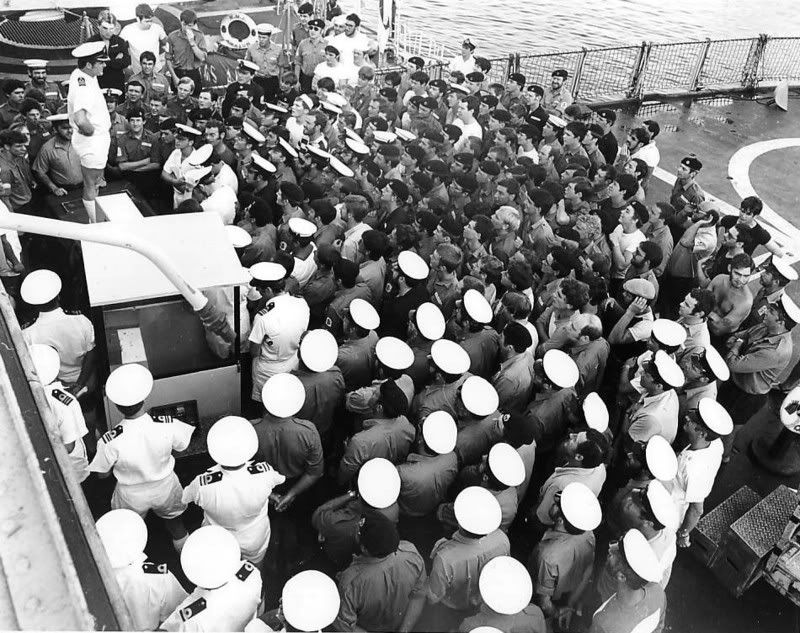
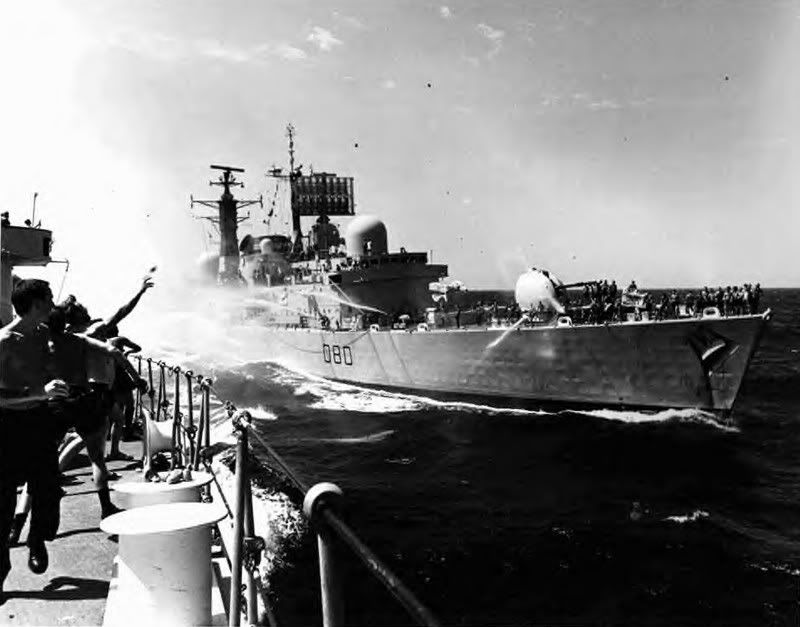
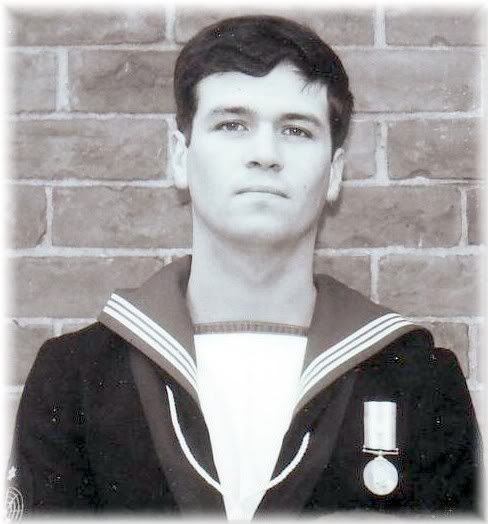
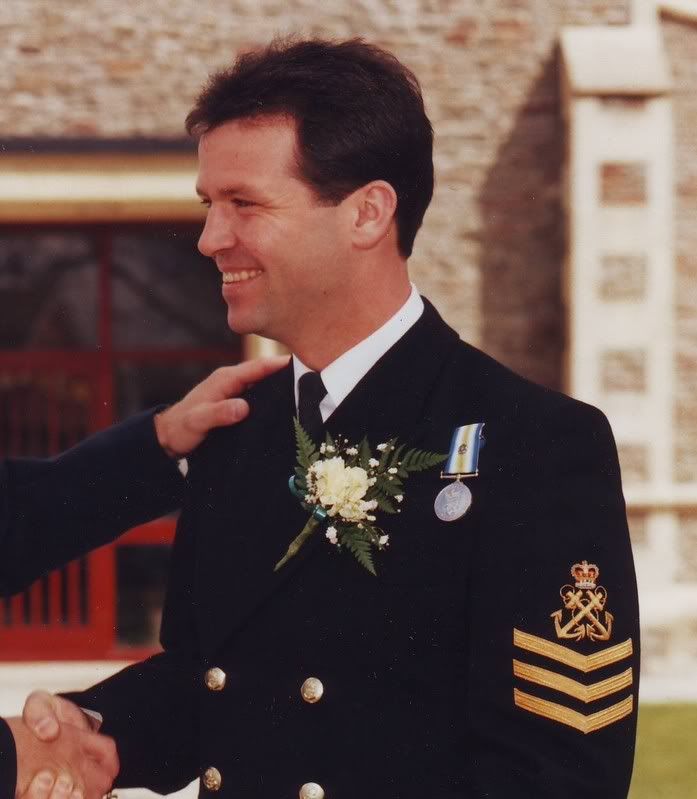

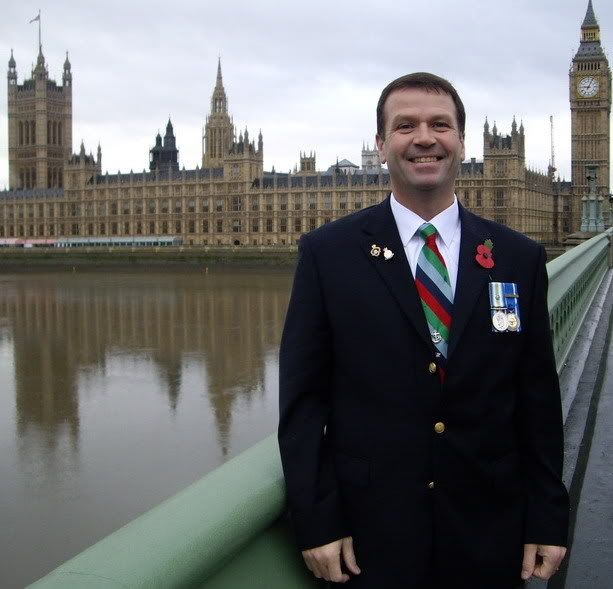
I give this information yesterday on other topic, but I think it deserve to be on this one too.
The remains of 1st Lt. Jorge Casco will be buried at the Darwin Cemetery on Saturday March 7. His remains were discovered by the UK military on South Jason Island to the far North West of the Malvinas.
At the Argentine Government's request, the remains were returned to Argentina for DNA testing. Following confirmation that they belonged to 1st Lt. Casco, his family requested that his remains be buried at Darwin. Partial remains of 1st Lt. Casco were buried in the cemetery after they were discovered in 1982.
A spokesperson from Government House in Stanley, Mr Paul Martinez, said, “In line with previous protocol and in accordance with the Geneva Convention, the UK Military will provide full military honours during the burial which will include a firing party on the ground. 1st Lt. Casco's widow and close family members will attend the ceremony, accompanied by an interpreter. They will travel to and from the Islands on a private civil aircraft.”
Rest in peace!
I wonder why you weren't wearing "fire-proof" clothes. Is it because you were still on your way to South Altantic? Or you never wear it during the campaign?The surface plot - I am nearest the camera.

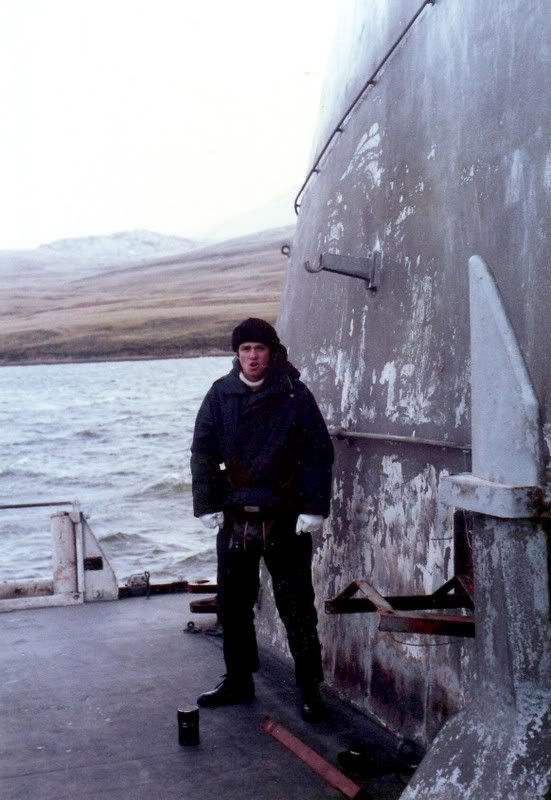

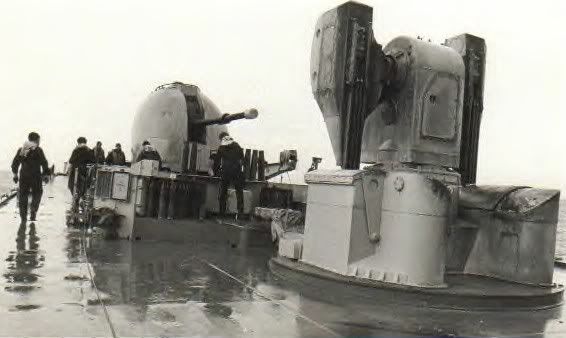

Two iconic images
Dos imágenes emblemáticas


